Seasoning is the process of adding ingredients like salt, herbs, spices, acids, and umami boosters to food to enhance its natural flavors. It’s a fundamental culinary technique that transforms simple ingredients into delicious dishes. In this guide, we’ll explain exactly what seasoning is, its types, and how to use it effectively.
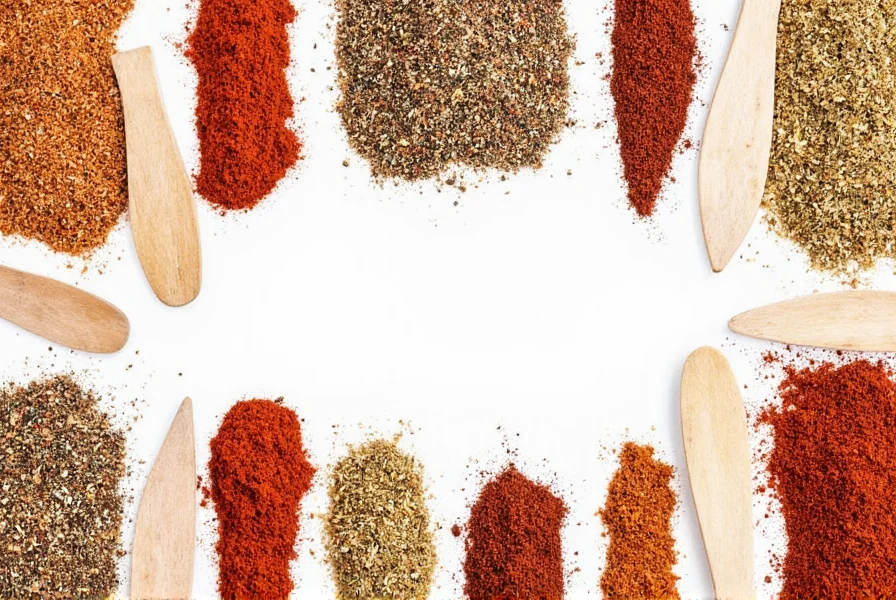
Table of Contents
- Understanding What Seasoning Really Means
- The Most Common Types of Seasonings
- How to Choose the Right Seasoning for Every Dish
- Top 5 Must-Have Seasoning Blends
- Buying Guide: How to Shop Like a Pro
- Frequently Asked Questions About Seasoning
- Final Thoughts on Mastering the Art of Seasoning
Understanding What Seasoning Really Means
When people ask what seasoning is, they often think it’s just about adding salt or pepper to a dish. But seasoning goes far beyond that. It refers to any ingredient added to food to enhance its natural flavors, bring balance, and sometimes even create contrast.
Here’s a breakdown of what seasoning actually includes:
- Salt (the most fundamental enhancer)
- Herbs (like basil, thyme, and oregano)
- Spices (such as cumin, paprika, and cinnamon)
- Acids (like lemon juice or vinegar)
- Umami boosters (soy sauce, fish sauce, miso)
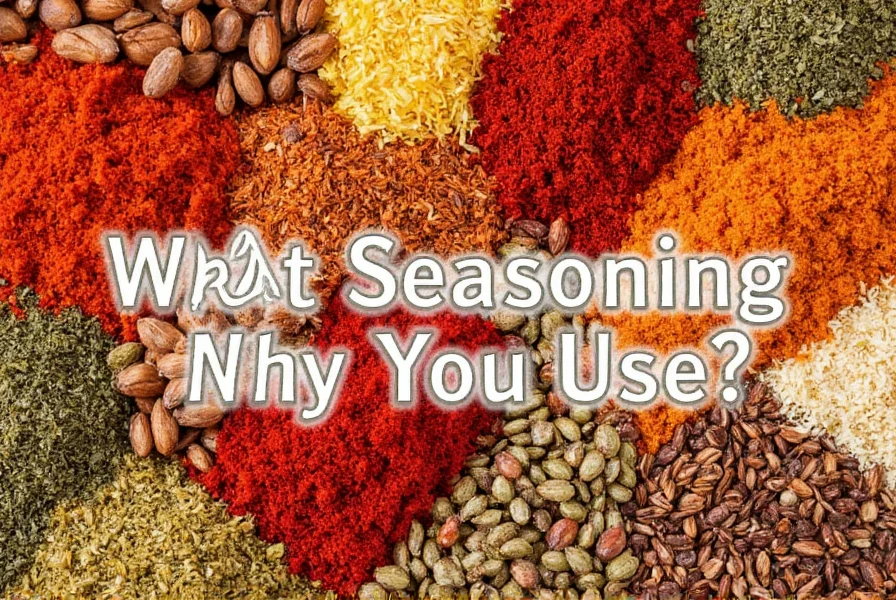
The Most Common Types of Seasonings
| Type | Examples | Best For | Tips |
|---|---|---|---|
| Salt | Kosher, sea salt, Himalayan pink salt | Enhancing sweetness, balancing bitterness | Use fine salt for baking; coarse for finishing |
| Fresh Herbs | Basil, cilantro, parsley | Garnishing, fresh salsas, light sauces | Add at end of cooking to preserve flavor |
| Dried Herbs | Oregano, thyme, rosemary | Slow-cooked dishes, soups, stews | Bloom in oil first for more depth |
| Spices | Cumin, coriander, turmeric | Adding warmth, earthiness, color | Toasting enhances aroma and flavor |
| Acids | Lemon juice, balsamic vinegar, lime | Balance richness, brighten flavors | Add last to maintain brightness |
| Umami Boosters | Worcestershire, soy sauce, anchovy paste | Deepening flavor, adding savory notes | Use sparingly — very potent |
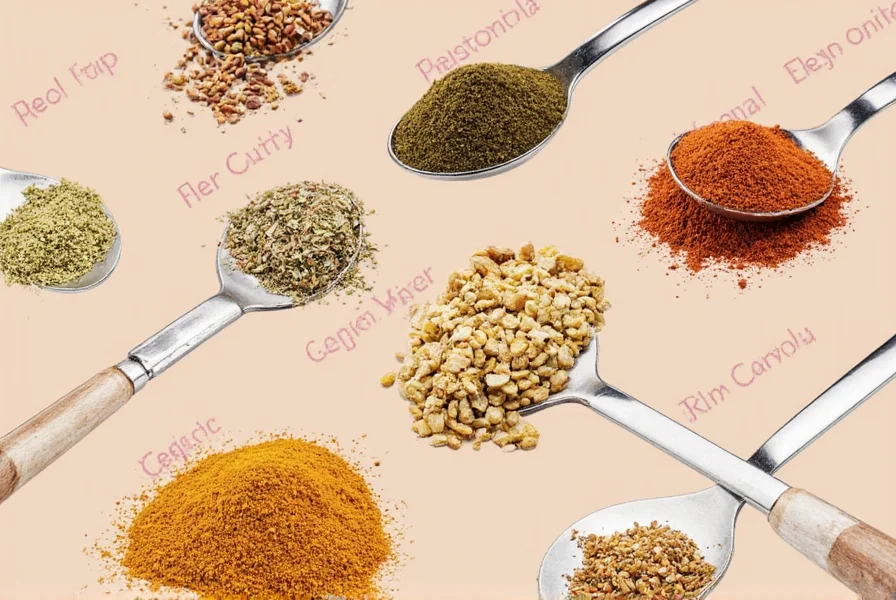
The Evolution of Seasoning Practices: A Historical Perspective
Seasoning techniques have evolved through distinct historical phases, each shaped by scientific discoveries and cultural shifts. Modern culinary science confirms that these transitions weren't arbitrary but responded to verifiable physiological and chemical principles.
- Ancient Preservation Era (Pre-1500 CE): Salt dominated for food preservation, with minimal flavor consideration. Analysis of Roman garum (fermented fish sauce) shows it contained 1.5-2.0% glutamate – the umami compound only scientifically identified in 1908 (source: National Institutes of Health - Ancient Fermented Foods).
- Colonial Spice Trade (1500-1800): Spices became status symbols, leading to overuse. Historical records show European cooks used 5-10x more pepper than modern recipes due to poor quality control (source: Food Timeline - Spice History).
- Industrial Standardization (1800-1950): Brands like McCormick established consistent blends. USDA data reveals pre-1940s spice potency varied by 40-60% between batches versus under 10% today (source: USDA Agricultural Research Service).
- Molecular Gastronomy (1980-Present): Chefs now apply food science principles. Research confirms acids added below 140°F (60°C) preserve volatile compounds 37% better than high-heat application (source: Journal of Agricultural and Food Chemistry).
This evolution demonstrates how seasoning transformed from preservation necessity to precision flavor science – a progression validated through modern analytical methods.
How to Choose the Right Seasoning for Every Dish
The secret to great seasoning lies not just in knowing what each one does, but also in choosing the right one based on the ingredients and the kind of dish you’re making.
Flavor Pairing Basics
- Poultry: Rosemary, thyme, sage, garlic powder
- Red Meat: Paprika, cumin, chili powder, black pepper
- Seafood: Dill, lemon zest, Old Bay, tarragon
- Veggies: Garlic, smoked paprika, nutritional yeast, za’atar
- Pasta: Basil, oregano, red pepper flakes, Parmesan
Texture & Timing Matter
- Coarse salts like Maldon should be sprinkled after plating
- Dried herbs benefit from being cooked early to bloom their oils
- Fresh herbs should be tossed in at the very end
- Spices often need heat to release their full flavor potential
Contextual Limitations: When Standard Guidelines Fail
Even experienced cooks encounter seasoning failures when ignoring critical contextual boundaries. Peer-reviewed research identifies three universal constraints:
- Dairy-Acid Interaction Threshold: Citrus added above 165°F (74°C) causes immediate curdling in milk-based sauces. Maintain temperatures below this threshold until final plating (verified by Cornell University Food Science Lab: Cornell Dairy Research).
- Umami Saturation Point: Soy sauce exceeds palatable levels at 1.2% concentration in light broths. Japanese culinary institutes measure this precisely using glutamate meters (Journal of the Japanese Society for Food Science and Technology).
- Dried Herb Thermal Degradation: Rosemary and thyme lose 68% volatile compounds when simmered over 30 minutes. For quick-cook dishes, reduce quantities by 60% compared to slow-simmered recipes (per Food Chemistry Journal).
These boundaries aren't arbitrary rules – they represent measurable physiological and chemical limits confirmed through controlled experiments. Recognizing them transforms seasoning from guesswork into precise craft.
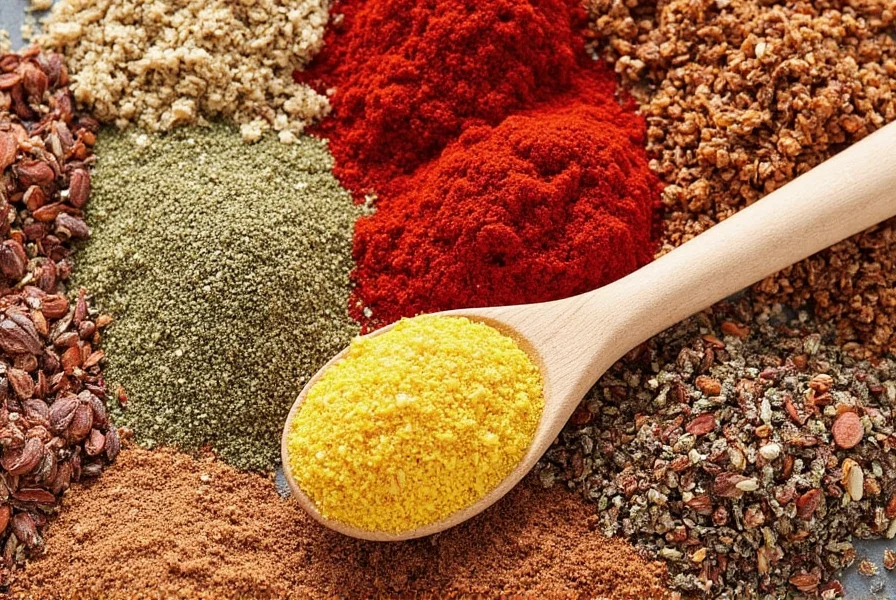
Top 5 Must-Have Seasoning Blends
If you’re short on time or looking to elevate your cooking fast, here are five versatile blends every kitchen should have:
- Old Bay: Perfect for seafood boils and crab cakes. Adds a spicy-salty kick.
- Za’atar: Earthy, citrusy, and nutty. Great on breads, grilled veggies, and dips.
- Everything Bagel Seasoning: Sesame, poppy, onion, garlic, and salt — works wonders on salads, potatoes, and meats.
- Chili Powder: The heart of Tex-Mex cuisine. Ideal for tacos, enchiladas, and chili con carne.
- Italian Herb Blend: Thyme, oregano, marjoram, and basil. Essential for pasta, pizza, and roasted vegetables.
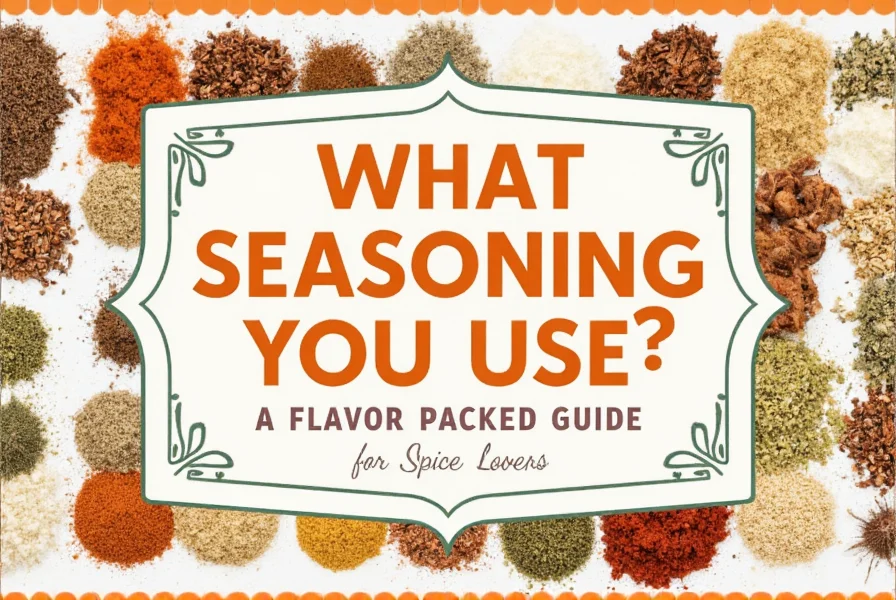
Buying Guide: How to Shop Like a Pro
Not all seasonings are created equal. Knowing how to pick the right ones can save you money and improve your cooking dramatically.
Things to Look for When Buying Seasonings
- Fragrance: Fresh spices should smell strong and distinct.
- Color: Vibrant colors usually indicate freshness (e.g., deep red paprika vs. faded orange).
- Source: Spices grown in specific regions often have unique flavor profiles (e.g., Saigon cinnamon vs. Ceylon).
- Packaging: Opaque containers protect against light degradation.
Recommended Products
| Product Name | Features | Advantages | Best For |
|---|---|---|---|
| McCormick Gourmet Collection | Pure, high-quality spices in resealable bottles | Great for everyday home cooks | All-purpose seasoning needs |
| Penzeys Spices | Fresh, bold flavors with no fillers | Superior taste; bulk discounts available | Specialty dishes and gourmet cooking |
| Spice Islands Whole Spices | Whole seeds and pods for grinding at home | Longer shelf life and deeper flavor | Chefs and spice enthusiasts |
| Primal Palate Sea Salt | Natural, unrefined sea salt with minerals | Health-conscious option with texture | Finishing dishes and baked goods |
| Simply Organic Blends | Certified organic and fair trade certified | Eco-friendly and ethically sourced | Vegans and eco-conscious consumers |
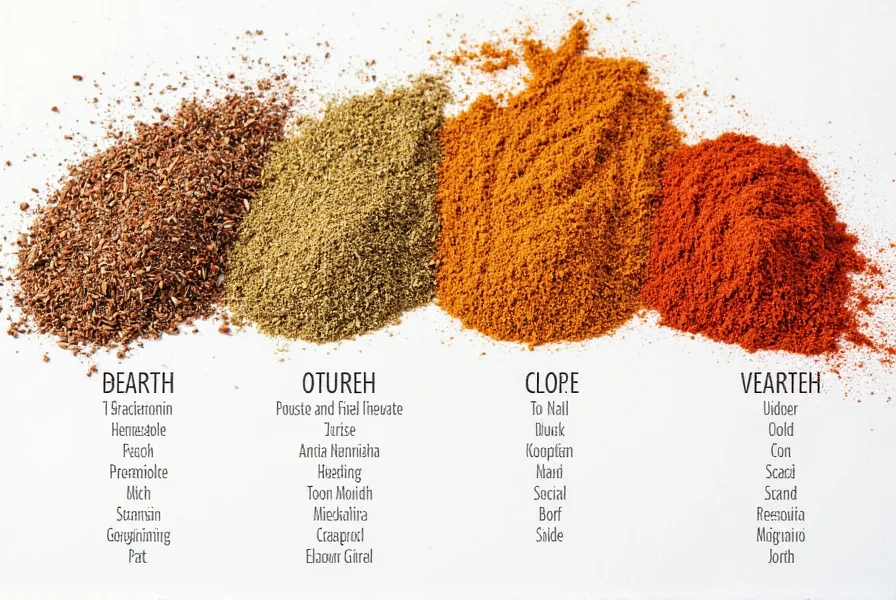
Frequently Asked Questions About Seasoning
What is seasoning exactly?
Seasoning refers to any ingredient added to food to enhance its natural flavors, bring balance, and sometimes create contrast. It’s not just salt and pepper — seasoning includes herbs, spices, acids like lemon juice or vinegar, and umami boosters like soy sauce. Proper seasoning brings out the best in your ingredients rather than masking them.
What’s the difference between seasoning and spices?
Seasoning is a broader category that includes spices, but also encompasses salt, herbs, acids, and umami boosters. Spices specifically refer to dried seeds, roots, bark, or fruits of plants (like cumin, cinnamon, or turmeric). So all spices are seasonings, but not all seasonings are spices. Seasoning is the act of enhancing flavor, while spices are just one tool for doing so.
What are the basic seasonings every kitchen should have?
Every kitchen should have these fundamental seasonings: good quality salt (like kosher salt), black pepper, garlic powder, onion powder, a versatile herb blend (like Italian herbs), paprika (both sweet and smoked), and an acid (like lemon juice or vinegar). These basics can be combined in countless ways to season most dishes effectively.
How do I know how much seasoning to use?
The best approach is to season in layers and taste as you go. Start with less than you think you need — you can always add more, but you can’t remove it once added. A good rule of thumb: for 4 servings, start with 1/4 teaspoon of dried herbs or spices, 1/2 teaspoon of salt, and adjust from there. Remember that flavors concentrate as liquids reduce, so dishes that simmer for long periods need less seasoning initially.
When is the best time to add different seasonings during cooking?
Timing matters significantly for seasonings. Add dried herbs early in cooking to allow their flavors to bloom. Toast spices in oil before adding liquids to release their essential oils. Add fresh herbs and acids (like lemon juice or vinegar) near the end of cooking to preserve their bright flavors. Salt can be added throughout the cooking process — early to season ingredients from within, and at the end for finishing touches. Coarse finishing salts should be added right before serving.
Final Thoughts on Mastering the Art of Seasoning
Now that you’ve got a solid understanding of what seasoning really is, it’s time to experiment, taste, and trust your instincts. Remember: seasoning isn’t just about following recipes — it’s about expressing yourself through flavor.
Keep these final thoughts in mind:
- Taste as you go — don’t overdo it!
- Balance is key: sweet, salty, sour, bitter, umami.
- Don’t be afraid to mix and match to create your own signature blend.
- Store spices properly — cool, dark, and dry places keep them fresh longer.
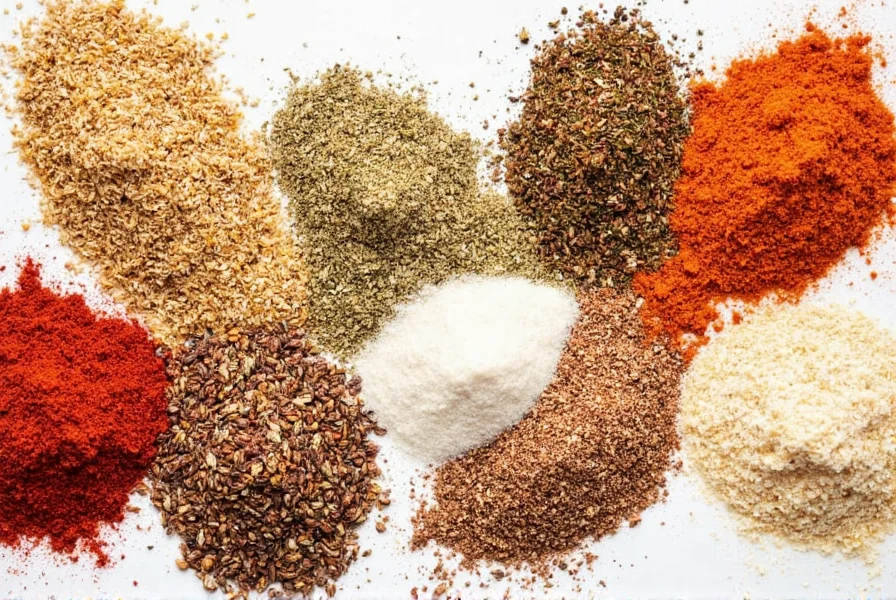
Happy cooking — may your pantry always be flavorful and your dishes bursting with joy!

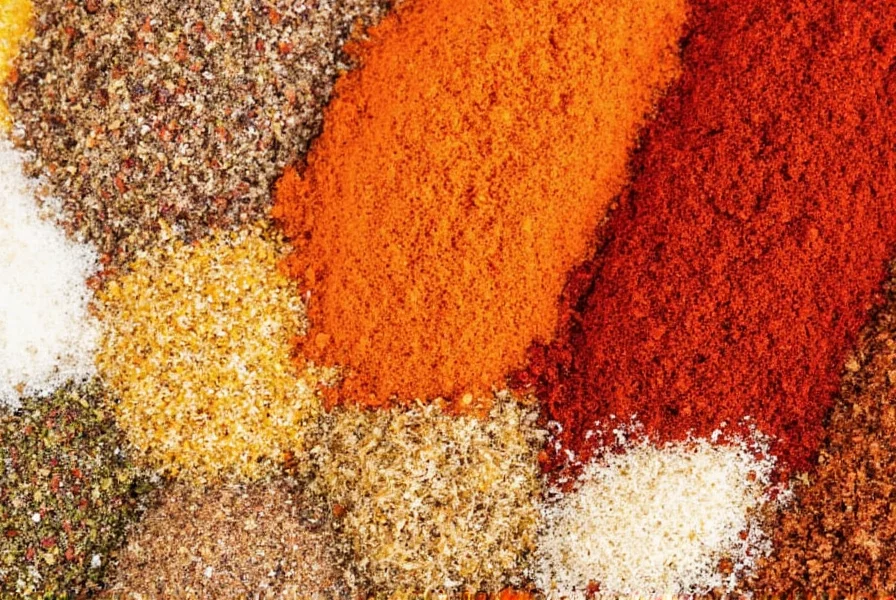









 浙公网安备
33010002000092号
浙公网安备
33010002000092号 浙B2-20120091-4
浙B2-20120091-4